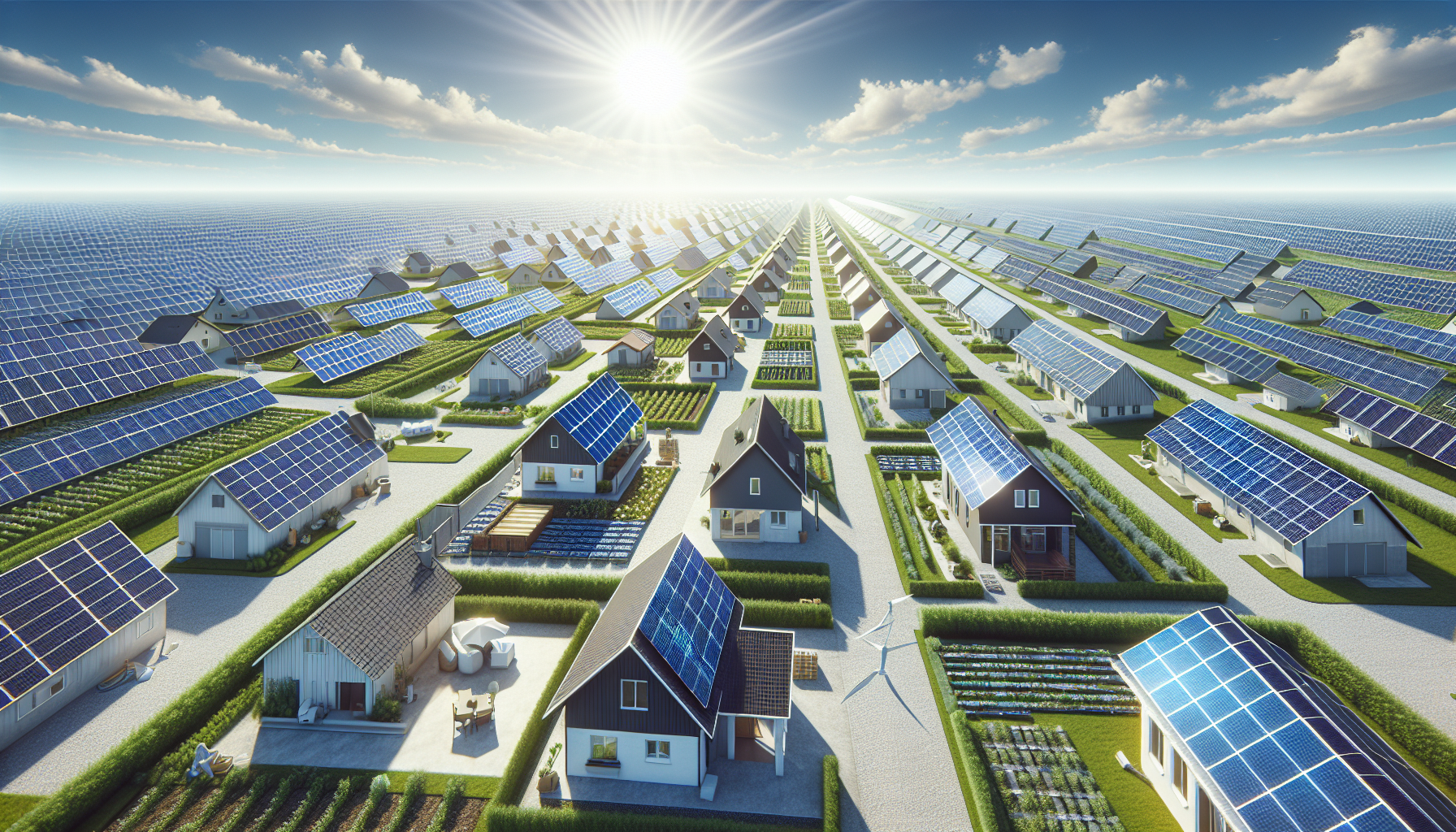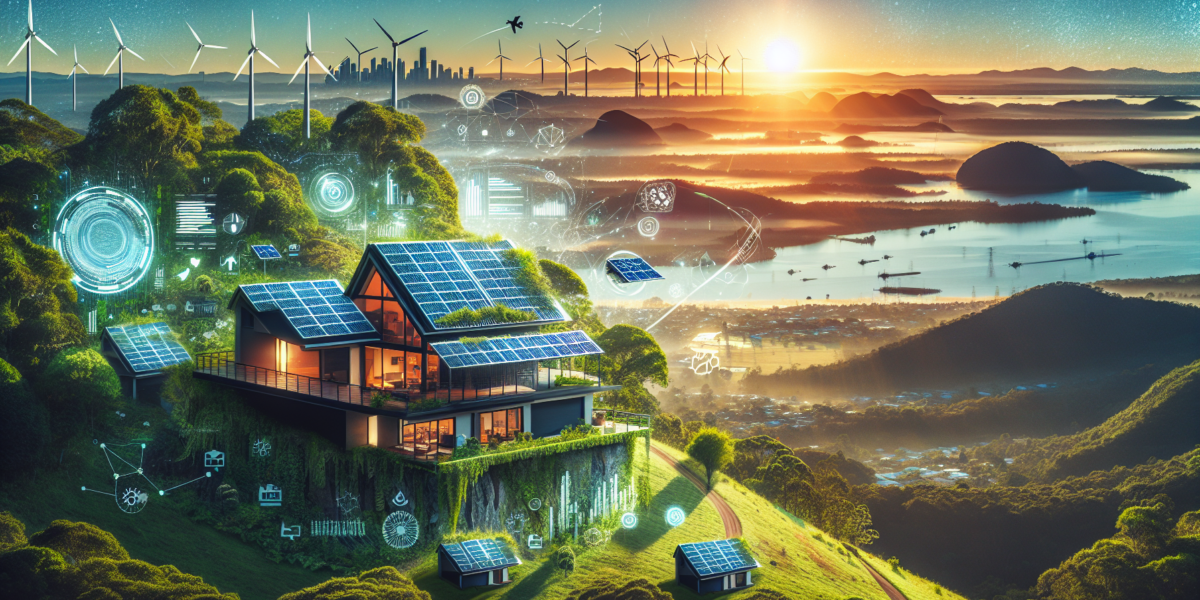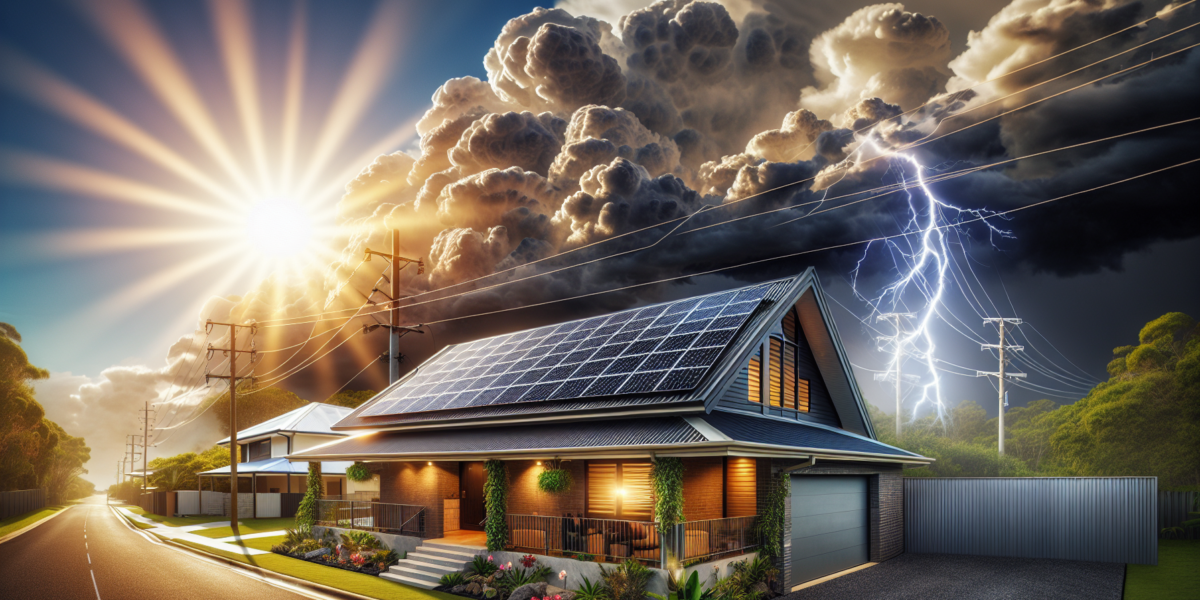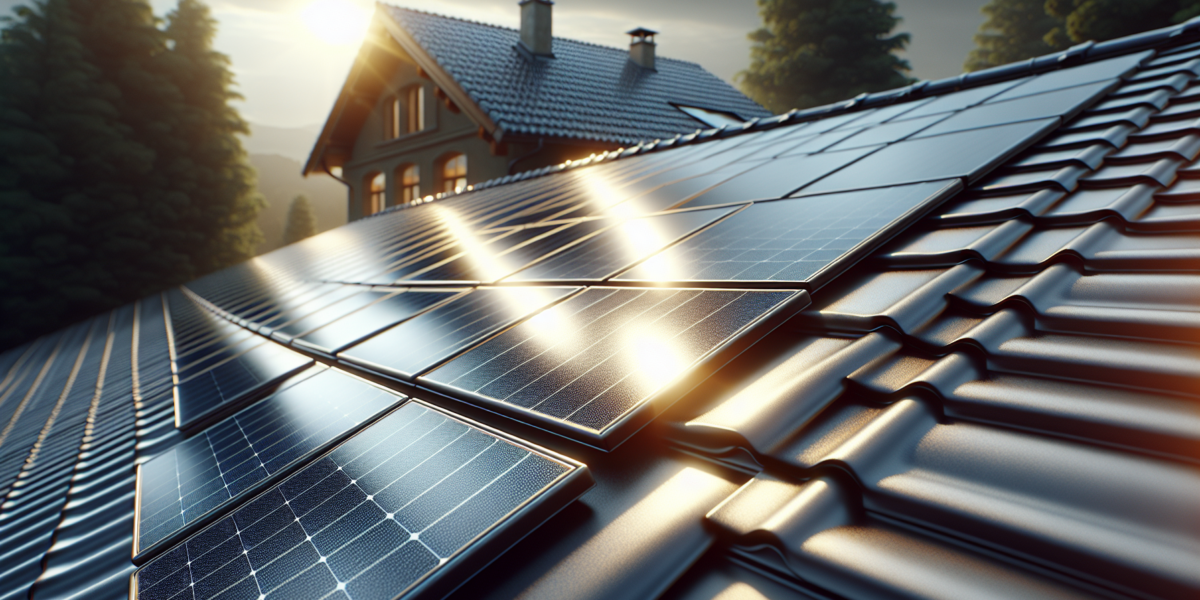In today’s world, where sustainability is becoming increasingly important, solar panels have emerged as a popular choice for homeowners and businesses looking to reduce their carbon footprint and save on energy costs. With advancements in technology, there are now several types of solar panels available in the market, each with its own unique features and benefits. In this guide, we will explore the different types of solar panels to help you make an informed decision when considering solar energy for your property.
Monocrystalline Solar Panels:
Monocrystalline solar panels are known for their high efficiency and sleek appearance. These panels are made from a single crystal structure, which allows them to convert sunlight into electricity more efficiently than other types of panels. While monocrystalline panels tend to be more expensive, they are also more space-efficient, making them ideal for properties with limited roof space.
Polycrystalline Solar Panels:
Polycrystalline solar panels are made from multiple silicon crystals, giving them a speckled blue appearance. While they are slightly less efficient than monocrystalline panels, polycrystalline panels are more cost-effective, making them a popular choice for budget-conscious consumers. These panels are also durable and have a long lifespan, making them a reliable option for residential and commercial applications.
Thin-Film Solar Panels:
Thin-film solar panels are lightweight and flexible, making them easy to install in a variety of settings. These panels are made by depositing layers of photovoltaic material onto a substrate, such as glass or plastic. While thin-film panels are less efficient than crystalline panels, they perform better in low-light conditions and are more affordable to produce. Thin-film panels are a great option for large-scale solar projects and can be integrated into building materials, such as roofing tiles and windows.
Bifacial Solar Panels:
Bifacial solar panels have the unique ability to capture sunlight from both the front and back sides of the panel. This innovative design allows bifacial panels to generate more electricity than traditional solar panels, making them a high-performance option for maximizing energy production. Bifacial panels are ideal for installations with reflective surfaces, such as white roofs or snow-covered ground, as they can capture additional sunlight and increase overall efficiency.
PERC Solar Panels:
Passivated Emitter and Rear Cell (PERC) solar panels are a type of monocrystalline panel that features a rear surface passivation layer to improve light absorption and energy conversion. PERC panels are known for their high efficiency and reliability, making them a popular choice for residential and commercial applications. These panels are also more resistant to shading and perform well in hot climates, making them a versatile option for a wide range of environments.
Concentrated Solar Panels:
Concentrated solar panels use lenses or mirrors to concentrate sunlight onto a small area of photovoltaic material, increasing the intensity of the light and generating more electricity. While concentrated solar panels are highly efficient, they are more complex and expensive to install than traditional solar panels. These panels are typically used in utility-scale solar power plants and are not as common for residential or small-scale applications.
In conclusion, the choice of solar panel type will depend on your specific energy needs, budget, and available space. By understanding the differences between the various types of solar panels, you can make an informed decision that aligns with your sustainability goals and financial considerations. Whether you opt for monocrystalline, polycrystalline, thin-film, bifacial, PERC, or concentrated solar panels, investing in solar energy is a smart decision that will benefit both your wallet and the environment in the long run. Switch to solar today and start harnessing the power of the sun to power your home or business sustainably.




